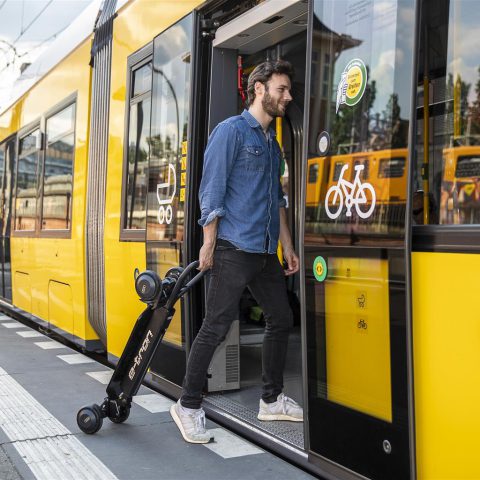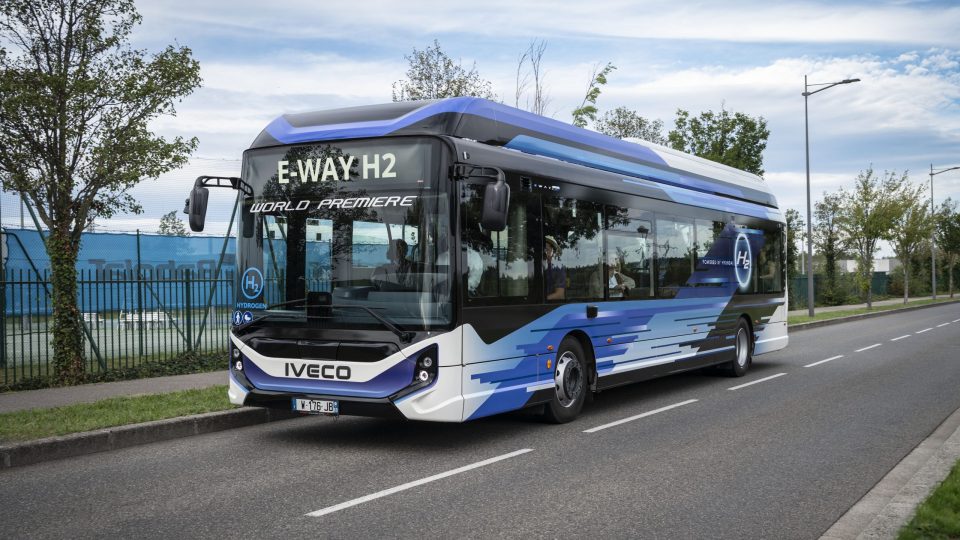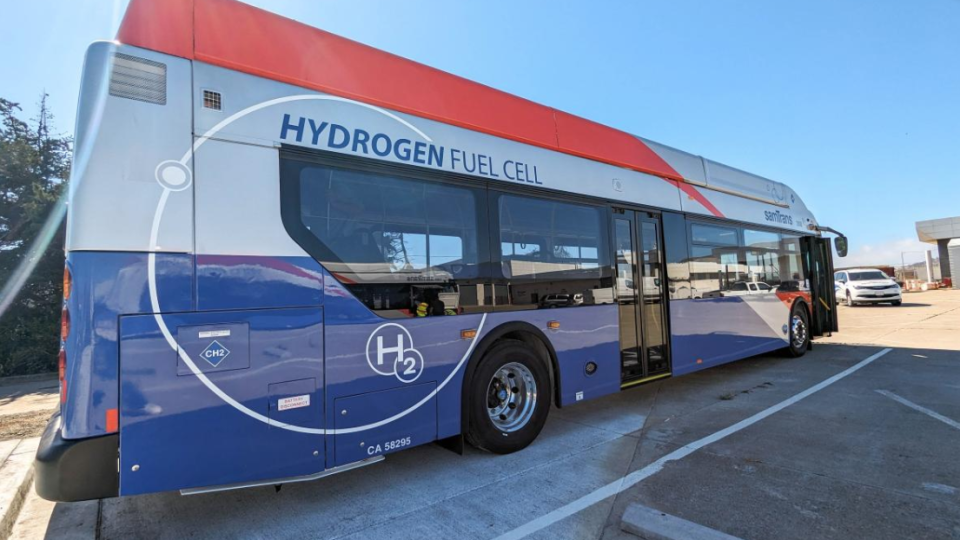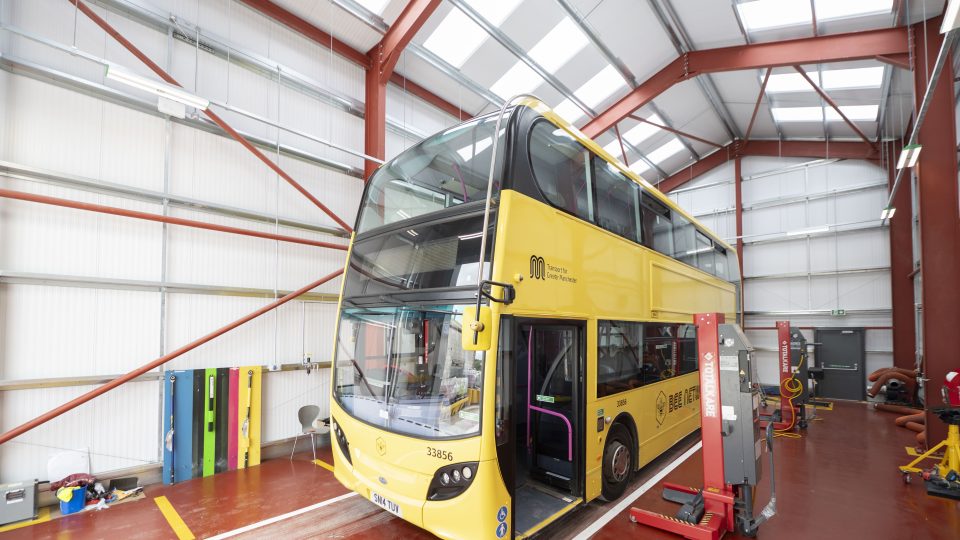On the role of e-scooters in the mobility mix and potential missed opportunities
Eight per cent of Parisian voters have decided in a referendum that shared e-scooters will not be part of the city’s transport mix. The streets of Paris will be cleared from rented e-scooters by September 1, “the date by which the contract expires that currently allows three companies — Dott, Tier and Lime — to […]

Eight per cent of Parisian voters have decided in a referendum that shared e-scooters will not be part of the city’s transport mix.
The streets of Paris will be cleared from rented e-scooters by September 1, “the date by which the contract expires that currently allows three companies — Dott, Tier and Lime — to each operate 5,000 e-scooters in Paris”, Politico writes.
Looking back a few years, it was the current mayor of Paris, Anne Hildago, who opened the market to rental scooter providers in 2019. 16 companies stepped in.
This article was published in our newly-launched newsletter Next Stop.
Every Friday, we try to help giving a better perspective on what is going on in the mobility world. Trying to anticipate which will be the NEXT STOP
You can check the newsletters’ archive HERE.
And sign up HERE
E-scooter in Paris, a bit of context
An in-depth analysis by The New York Times traces the whole story from that time to the present day. It reads that “In 2021, 24 people were killed in France while riding a personal or rental scooter or other motorized devices like hoverboards and gyropods, and 413 were seriously injured, according to figures provided by the State Road Safety Department. Last year, 34 people died and 570 were seriously injured in the country. Accidents on scooters have become “a major health problem,” the French National Academy of Medicine said”.
To give a bit of a context, 20 million trips were taken last year. And the same National Academy of Medicine said that “in serious crashes, helmets were not worn nine out of 10 times”.
James Gleave, from Mobility Matters newsletter (much appreciated!) underlined, providing sources, that e-scooters “are not the most unsafe mode of transport out there and they can help in modal shift somewhat. But perceptions are radically different, and these can drive voter behaviour”.
E-scooters’ role in the mobility mix
Indeed: very far from being the solution for urban mobility (neither a true climate-saving mode of transport), e-scooters are playing a role in many cities in order to enable door-to-door commuting, thus integrating the public transport offer with a last-mile solution.
A wide production of studies has been conducted in order to survey if e-scooters may act as a competitor or a complementation of public transport.
There is common agreement on the fact that the majority of e-scooter trips replace walking. “The evidence that a majority of co-modal trips are in combination with public transport confirms a picture of people relying on PT for travel into the city center and, once there, using e-scooters” says a 2020 study based on Oslo, Norway.
E-scooters and public transport: competition or complementation?
A pilot project between Voi (an e-scooter operator), Stuttgart’s rail operator S-Bahn Stuttgart, and the mobility-as-a-service platform Mobimeo, found that “synergies between shared e-scooters and public transport led to a 35 % increase in public transport ridership”.
A study carried out in Nashville, Tennessee, suggests that “the number of shared e-scooters available within bus route catchment area does not have a significant impact on bus ridership (…). Shared e-scooters are associated with a net decrease of about 0.08% of total bus ridership on a typical weekday in Nashville, which is a minimal impact”. What is interesting, “most shared e-scooters are being used for other purposes. This shows there is potential for better integration between these two modes to improve mobility in urban areas (…). Better placement of shared e-scooters near bus stops could encourage the use of these two modes”.
E-scooters: better integration with public transport needed
It’s quite significant that even an organization such as UITP, that unites public transport operators worldwide and should be in theory keen to protect their interests against potential competitors, is actually endorsing the benefits brought by shared mobility modes to mobility offer: “The sector is actively working to integrate better with collective and shared modes of transport like bike sharing systems and ride hailing services”, UITP underlined recently.
The UITP statement is confirmed by the fact that, according to an above-mentioned study, “When our survey respondents were asked to identify measures that may increase their usage of e-scooters, ‘Better integration with public transport’ was selected by 51 percent, and scored highest”.
A whitepaper produced by the Cities Today Institute in partnership with Superpedestrian, quotes Sebastian Castellanos, Senior Research Associate, NUMO Alliance, WRI Ross Center for Sustainable Cities. And we feel like endorsing it: “It’s about providing those alternatives that people need to feel comfortable with if they are leaving their car behind or selling it. That should be the goal”.








